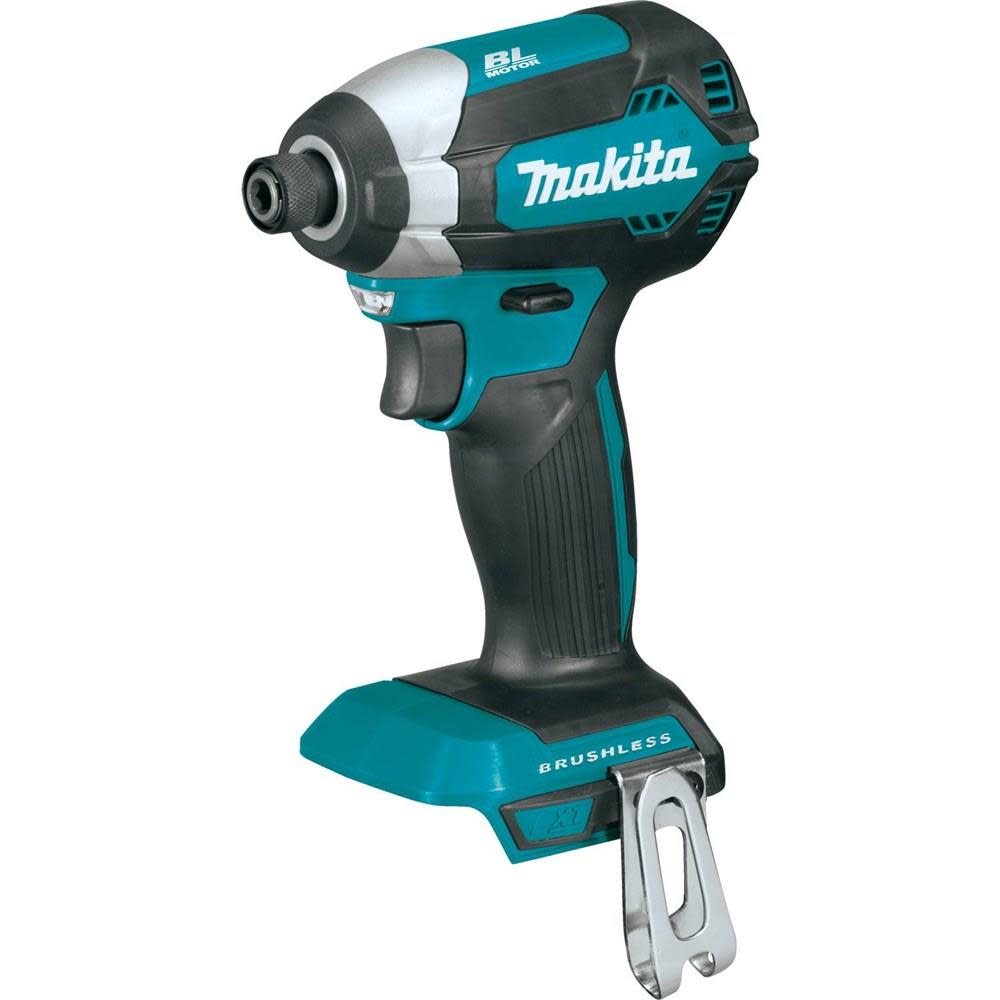Not an expert, but I have a Makita XTS13 (basic Home Depot tool). It takes any hex shank bit. It freed up frozen bolts in my traveler when nothing else would. It is compact, which comes in handy in confined spaces.
I have also found it to drill well, using a drill bit, when reaching at arm's length and unable to apply much pressure.

 www.acmetools.com
www.acmetools.com
I have also found it to drill well, using a drill bit, when reaching at arm's length and unable to apply much pressure.

Makita 18 Volt LXT Lithium-Ion Brushless Cordless Impact Driver (Tool Only)
Makita 18 Volt LXT Lithium-Ion Brushless Cordless Impact Driver (Tool Only) - XDT13Z

